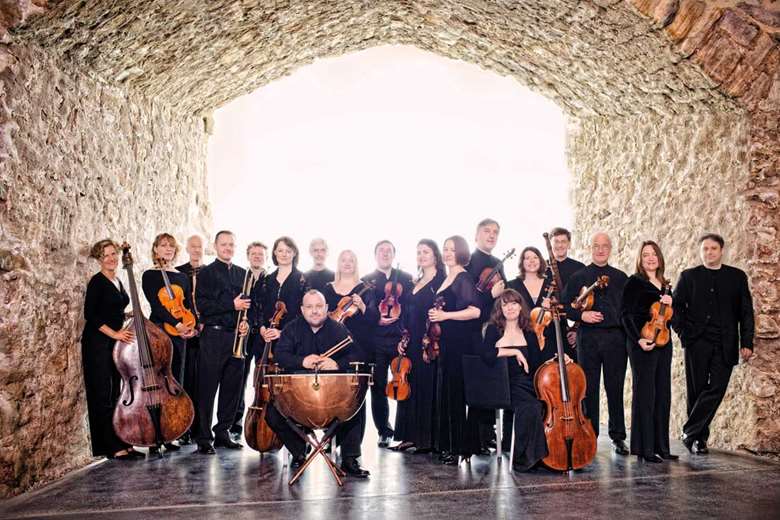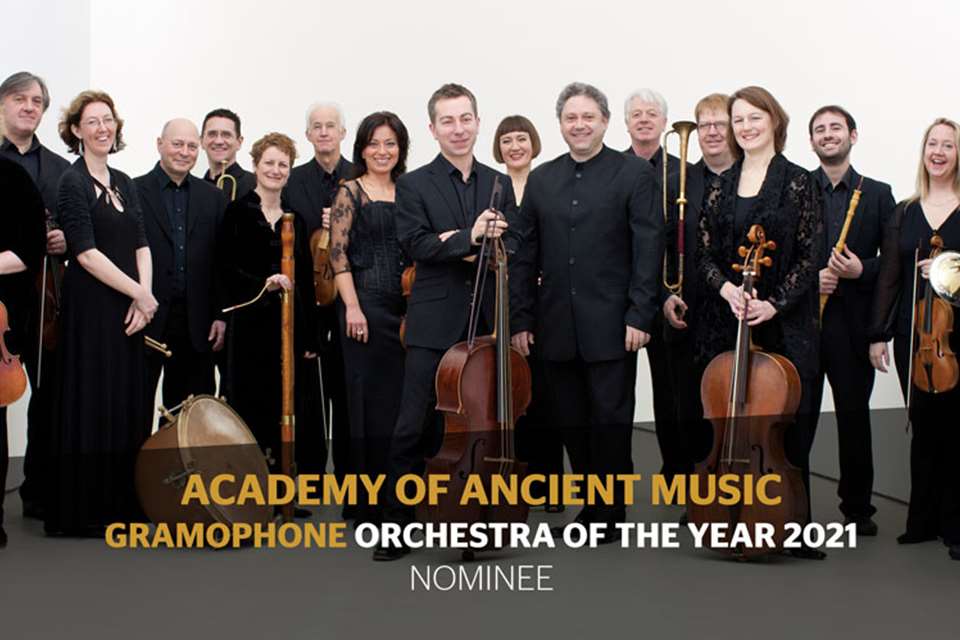Orchestra insight: Academy of Ancient Music
Andrew Mellor
Friday, July 20, 2018
Andrew Mellor profiles Britain’s first full-scale orchestra playing on period-specific instruments, which has made more than 300 recordings

Register now to continue reading
Thanks for exploring the Gramophone website. Sign up for a free account today to enjoy the following benefits:
- Free access to 3 subscriber-only articles per month
- Unlimited access to our news, podcasts and awards pages
- Free weekly email newsletter









